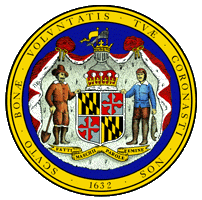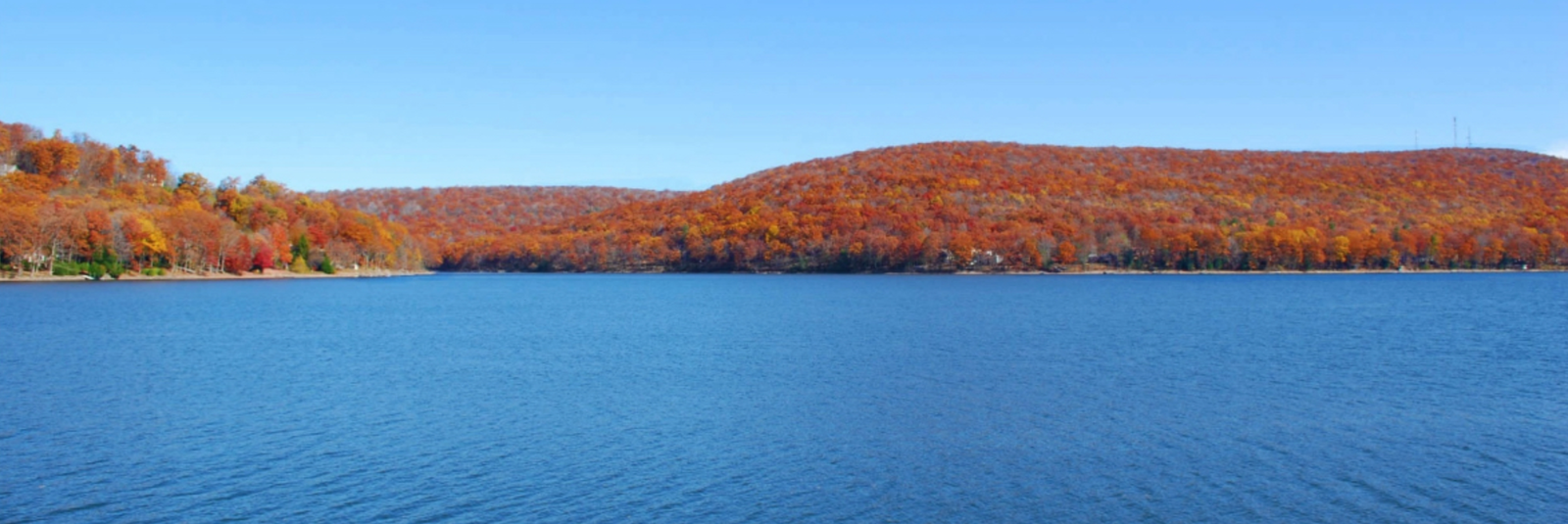Bittersweet October
In a quote by Carol Bishop Hipps, October is a complex psychological moment of the year for all of us: "Bittersweet October. The mellow, messy, leaf-kicking, perfect pause between the opposing miseries of summer and winter.”
Perhaps October is a “bittersweet” confusion because it was originally cast as the 8th month of the year, named based on the Latin “octo”, meaning 8, and yet today it is the 10th month, thanks to the Romans choosing to honor Julius and Augustus Caesar and adding two new months.
It is, nonetheless, a glorious and beautiful time for all things nature, unless, of course, you happen to be a pumpkin. Dylan Thomas penned “Poem in October” as an homage to the wonder of the month. But like November for turkeys, October is the most feared month of the year for pumpkins. October and fear are linked for non-pumpkins as well, largely because of the ways Halloween as a holiday has evolved.
Halloween’s origins trace back to a Celtic festival that marked the end of the harvest season and marked the beginning of a new year. It was believed that during this time the border between the living and the dead was imagined to be crossable, allowing the living to commune with their deceased loved ones. It was a celebration of the immutable connection between the living and the dead, the past and the present. Celebrants would wear skull masks representing their departed.
Today, in the modern version of Halloween, people of all ages gleefully adorn their homes and themselves with many disguises and costumes, but mostly with all things scary and spooky. It’s all in good fun, of course, unless you’re in a movie about Halloween, a series which has grossed more than $484 million. Why do we pay to be sacred? What is it that's so fascinating to Americans about being afraid? What explains our craving and pursuit of fear? Why do we dress up like ghouls and goblins on Halloween? What is so appealing about horror and dread?
Some theorize that in the face of trepidation and fear, we experience the release of endorphins and adrenaline, and we do this often in the company of friends and family, so the shared experience of panic can be “euphoric.” It is possible because we know the fear is not based on a “real” threat.
In real life, the top fear most Americans claim is the fear of public speaking or glossophobia, followed by heights, the dentist, flying, and a handful of other more credible conundrums than chainsaw-wielding maniacs. There are myriad phobias that are truly paralyzing for many, including coulrophobia, the fear of clowns.
In an uncertain age of such dynamic change there is a plethora of things people say frighten them, such as climate change and global conflicts, but somewhere on every list of the things that people fear the most is personal economic uncertainty, top 10 in the Fears in America. The fear of being able to ensure a full and financially secure life is a fear that is very close to home for many Americans, including more than 1 million Marylanders who have not committed to a retirement savings plan.
That is why Maryland created MarylandSaves, a free-to-the-employer retirement savings program that allows employees to save every day they work for their future.
Make October and Halloween a little less scary by checking this one off your list. Check out MarylandSaves today, register your company and you could get a $300 incentive to buy enough candy corn for your whole team.
Happy October.

